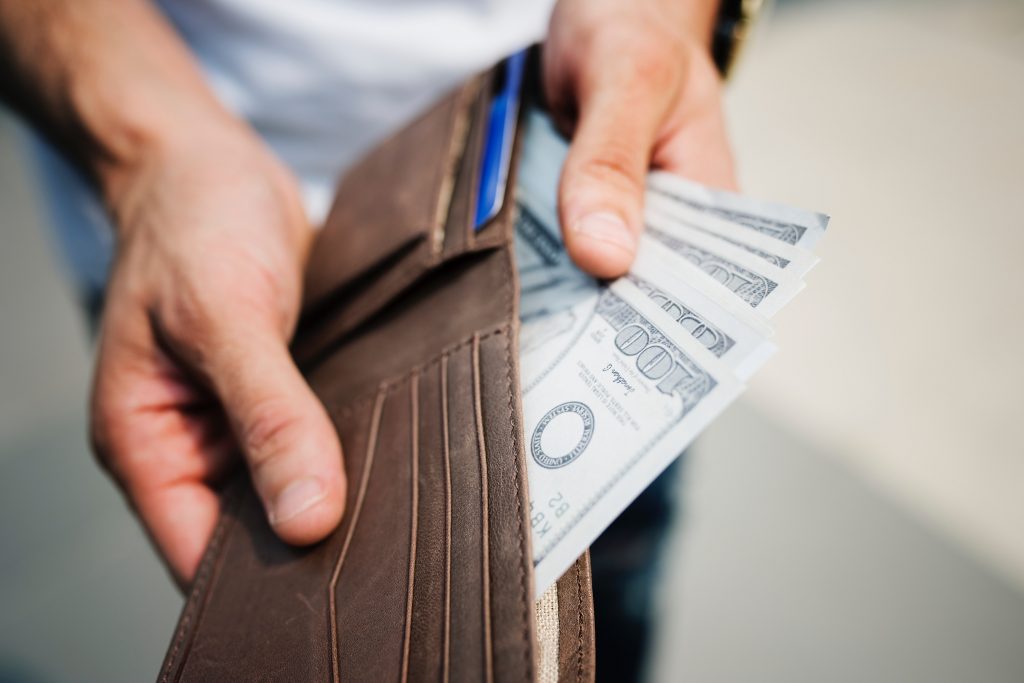Underwriting credit cards is a relatively simple process. You pull a bureau and a FICO score. You do a quick means-test to ensure the applicant has the resources to pay. There is usually a check to see if the prospective card holder is an existing customer. Then you price, offer, and respond. Most of the process is automated, particularly with top issuers. In the credit card business, numbers drive decisions. Numbers don’t care if you are young or old, black, white or green; live in 90210 or 34950. Credit card lenders do not see red lines. In all my years in this business, I honestly do not recall a fair lending issue of any substance. You want volume, applicants within appropriate approval bands, and a flow of applications. Credit cards are often the way banks generate customers who deposit and borrow for mortgages, autos, and the line.
Set the parameters, feed the data, monitor the responses.
However, the reality is that many Americans (and billions globally) either do not qualify for credit cards, cannot live within their current credit limits, or face immediate issues. Payday loans become a relief valve for many. With all the claims of usurious lending, I mentioned that I even applied for one myself to test the process and invested $10 of my own money into the interest on a two-week $100 loan. (Believe me, this was for the science of credit management, I have plenty of Mastercards, and Visas, along with a complement of Amex and Discover). I wanted to “feel the pain.”
I learned enough from my $10 investment to know that it was money well spent. The lender I went to was not sleazy. In fact, I looked deeply into the company and found their net profits were reasonable, despite the fact of sky-high interest rates. Profits were in line with consumer lending. Credit write-offs and fraud steal profits from lenders, and with the sub-prime borrowers, you need top-line income to cover non-interest expenses. I did feel funny going into the location, hoping my neighbors would not see me and wonder why I didn’t just ask them to spot me a C-note.
Pew Research did a comprehensive view of the US market a few years ago and noted that the average usage rate for payday lending is relatively high, at 5.5% of the country, with state averages ranging from 1% to 13%. Mercator’s home state of Massachusetts permit payday lenders but makes the environment so unattractive than no licensed payday lenders operate in the state. Here in Mercator’s remote operation in sunny Florida, where 7% of the state uses these lenders, there is a $500 lending cap, with a 10% two-week fee. Innovatively, in FLA it is called “deferred check presentment,” where you post date the check to the lender; the lender gets an annually return in the neighborhood of 250%, but the net yield is comes to less than a return of about 6%.
This is a long-winded way to get to today’s credit topic. The Washington Post reports that the CFPB is taking an open view on payday lending and is pulling back some of the controls.
- The Trump administration continues to gut the agency created with the specific purpose of protecting consumers.
- This week, the Consumer Financial Protection Bureau proposed pulling back on rules for payday loans, car-title loans and small-dollar forms of credit. Under the Obama administration, the CFPB issued a rule that would require lenders to make sure borrowers have the means to repay their loans. The rule was set to take effect Aug. 19.
- But now, under a new regime intent on looking out for lenders first, the CFPB wants to water down its own payday-lending protections.
- “The bureau is preliminarily finding that rescinding this requirement would increase consumer access to credit,” the agency said in a release.
So, you end up with a Hobson’s choice. Of course, no one should pay a 250% interest. But, if they exhausted all other sources, have nowhere else to go, and need to get the car out of a repair shop, what other option is there?
For me, I like the realities of credit card lending; it is a much easier business to deal with high volumes (in the neighborhood of 120 million applications per year); stay within the dictated Credit Policies and book about 66 million a year as we suggest in our 2019 Credit Card Industry Outlook.
Overview by Brian Riley, Director, Credit Advisory Service at Mercator Advisory Group
